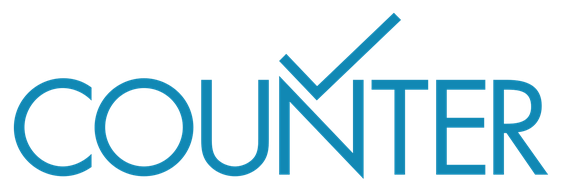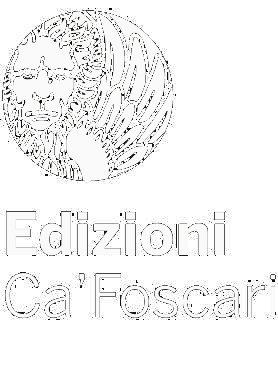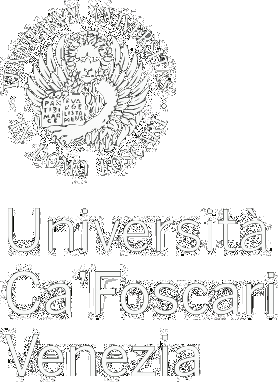Series |
SAIL
Review | Languages in Italy, Languages in Europe: Where We Are, Where We Are Going
Chapter | CAPOVOLGERE LA FORMAZIONE DEI DOCENTI DI ITALIANO, LINGUE STRANIERE E LINGUE CLASSICHE
CAPOVOLGERE LA FORMAZIONE DEI DOCENTI DI ITALIANO, LINGUE STRANIERE E LINGUE CLASSICHE
Abstract
Abstract
In-service language teacher training faces two critical issues:
a. the model based on experts’ lectures has proved inefficient in granting a meaningful increase in students’ outcomes: it enhances teachers’ awareness of what is new in educational linguistics, but does not produce competence in language education and teaching;
b. demand for training has been increasing for years, supply has not, and as a consequence well-known trainers have become increasingly expensive; the Covid19 tsunami of webinar training has opened up the way to low quality cheaper trainers.
This study suggests the possibility of coping with the two issues above by flipping the traditional teacher training model.
Part 1: A theoretical perspective
Chapter 1
Traditional training, flipped training
Chapter 1 sets the themes and discusses the two models in general terms, pointing out the main structural differences: the traditional model is linear, has just one direction, from those who know to those who do not know or know less; the flipped model is circular, i.e., it is based on two circles.
Circle 1: the starting point is a school (or a network of schools, or a teacher association, etc.) where a teacher, trained to be a tutor, organizes training. First, trainees share their experience on the topic of the training module, then the tutor provides scientific input through videos, and finally guides the creation and experimentation of teaching materials to be used at school, thus completing circle 1, ‘from school to school’.
Circle 2 concerns the interaction between the tutor and research in educational linguistics. The circle starts when a good teacher contacts university departments, research centres and the like, in order to be trained; the research centre provides video lessons to be used in circle 1; the tutor’s feedback, alongside his/her articles in teachers’ journals, and research questions for further research, completes circle 2, ‘from research to research’.
Chapter 2
The steps in flipped or circular training
The circular model is explained in this chapter:
a. step 1: trainees share their opinions and experiences and discuss them online; a grid including ideas from teaching materials and from best practices is filled in; in step 1 the tutor suggests what to do and how to do it, he/she does not comment or evaluate;
b. step 2, either online or in a meeting: the tutor sums up the results of step 1 and shows a video (or more than one) recorded by experts; the videos can be discussed, interrupted, watched again and again, so that the experience from step 1 is confronted with the information coming from research in educational linguistics; in this phase the tutor is primus inter pares and helps trainees understand the main issues in the video(s);
c. step 3: the tutor goes back to his/her function as the organizer of the session: groups are arranged to prepare classroom activities and teaching materials to be tested in the following days; after a few days, the results and comments are shared and discussed online and the circle ‘from school to school’ is completed.
Chapter 3
Nature, functions and formation of tutors
The core factor of the circular model of flipped training is the tutor.
The tutor comes from a school or a school network, from a language teacher association, from an international language promotion agency, from teaching material publishing houses, and is therefore directly involved in teaching or in the preparation of teaching materials.
A typology of tutoring models is provided, and the actual tutor registers of some institutions are analysed to show how tutors are instructed and selected.
Part 2: Some circular training projects
Chapter 4
The competence of language education teachers: a model
This chapter provides the link between part 1, dealing with theoretical aspects of teacher training, and part 2, dealing with the actual design of some flipped training courses.
Training courses are meant to increase the quality of language education by increasing the edulinguistic quality of teachers, and thus a profile of the edulinguistic knowledge and competence of teachers is needed to provide a framework to select the contents of training courses.
Chapter 5
The PLIDAforma Project by the Società Dante Alighieri
Società Dante Alighieri is an international agency that promotes the Italian culture and language in the world. PLIDA is the acronym of Progetto Lingua Italiana Dante Alighieri, that is, Dante Alighieri Italian Language Program.
PLIDAforma is a wide and complex project, meant to train hundreds, maybe thousands of teachers working in the Dante committees and schools all over the world. The project includes more than 40 videos, a collection of 2-minute videos answering the commonest FAQs, essays for further reading, and recorded webinars. The flipped training model was first designed for the PLIDAforma project.
PLIDAforma was designed in 2015-16, and in 2019 video recording started, but it was interrupted in 2020 because of the Codiv19 pandemic.
Chapter 6
The ANILS VideoCorso
ANILS is the acronym of the National Association of Foreign Language Teachers, yet over the years ‘foreign languages’ has expanded towards ‘non-native languages, and now ANILS includes Italian as a second language teachers and Latin and Greek teachers as well.
The VideoCorso was designed in 2019-20 and has been active since 2021. It is based on 20 ‘chapters’, each including a number of videos which increases continuously. The videos of this work in progress course are recorded by scholars who work with ANILS and by ANILS tutors.
To attend the course, teachers must register as members of the Association. Each member, however, has full access to the videos and handouts for the autonomous study.
Chapter 7
Guida AnilsMondo, a guide to the teaching of Italian as a Foreign Language
The Guide (2021) is an open access project based on 15 videos by scholars and tutors working with ANILS. While each video of ANILS VideoCorso is recorded by a single speaker, the Guida AnilsMondo videos, as well as the PLIDAforma ones, are made up of chunks recorded by different experts.
Each video is supported by a handout including an outline of the speakers’ speeches, a list of links to tens of online open access essays and books, and one or more essays unavailable online as they were published on paper.
The main idea of the Guide is that, differently from PLIDAforma /chap. 5) and VideoCorso ANILS (chap. 5), the Association does not provide its own tutors: each institution, school, Italian Cultural Institute, Department in the world can freely use the Guide’s videos and handouts as they like – although the flipped training model is suggested as the fittest one.
Chapter 8
Two ‘unaware’ flipped training projects
My study of flipped teacher training started in 2015-16, yet two training programs I was involved in anticipated flipped training in some ways, although unawares.
Progetto Speciale Lingue Straniere was implemented in the 1980s to train language teachers in Italy: it involved thousands of language teachers; the trainer was a teacher who had been formed as a tutor (I was granted two Fulbright scholarships at UCLA and NYU for this purpose); printed material prepared by experts (videos were still unavailable at the time...) was used as the core of each session.
Migliorare l’Efficienza dell’Apprendimento Linguistico means ‘making language learning more effective’: the project was meant to train high school students to prepare for B1 English examinations to enter the university, and B2 English examinatioms to graduate or apply for a master’s degree. In 2011 I designed and recorded the video course, stating the model that was later used in PLIDAforma and in the ANILS courses. The tutors were those students’ English teachers.
Chapter 9 Other video repositories for circular training
Other video repositories are listed and commented, so that tutors can use them to make the training sessions more complete.
Submitted: May 19, 2021 | Language: it
Keywords formazione insegnanti • educational linguistics • glottodidattica • flipped training • edulinguistica • linguistica educativa
Copyright © 2016 This is an open-access work distributed under the terms of the Creative Commons Attribution License (CC BY). The use, distribution or reproduction is permitted, provided that the original author(s) and the copyright owner(s) are credited and that the original publication is cited, in accordance with accepted academic practice. The license allows for commercial use. No use, distribution or reproduction is permitted which does not comply with these terms.
Permalink http://doi.org/10.30687/978-88-6969-072-3/000

-
file_download 13
-
search 6
-
format_quote 0




